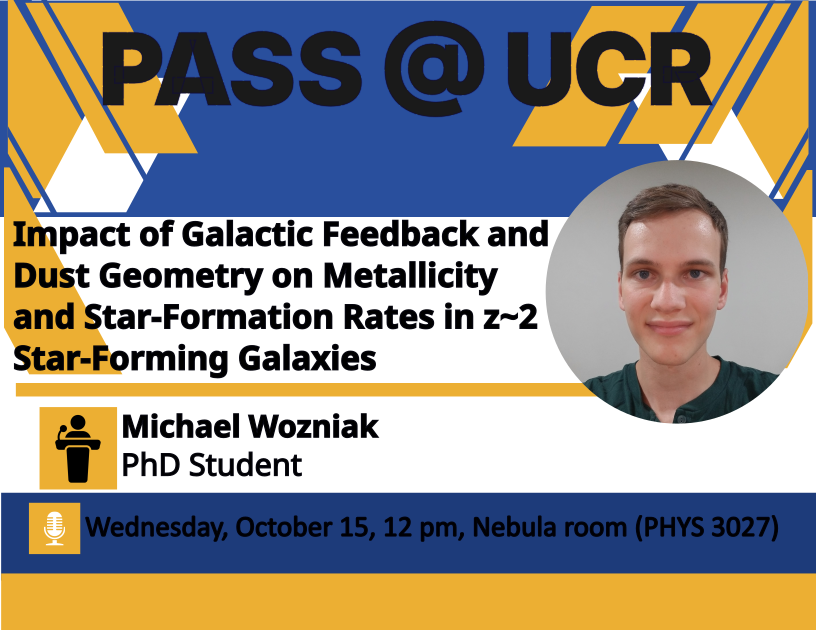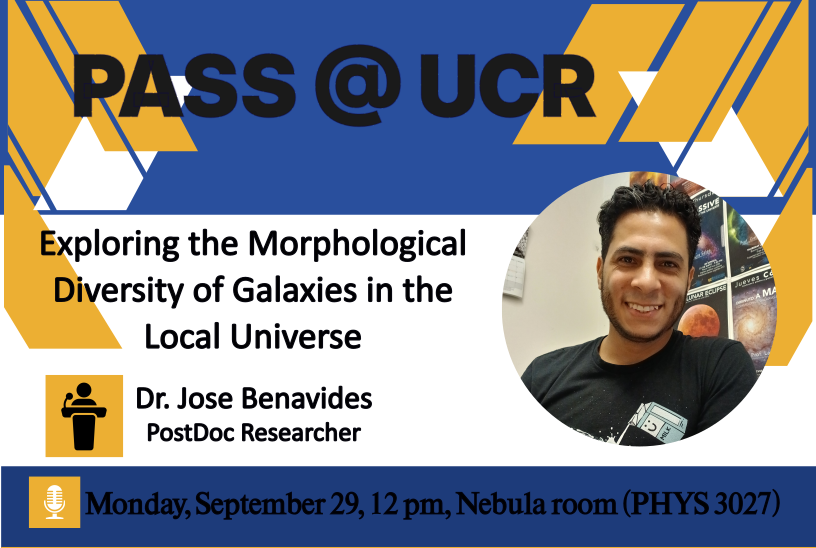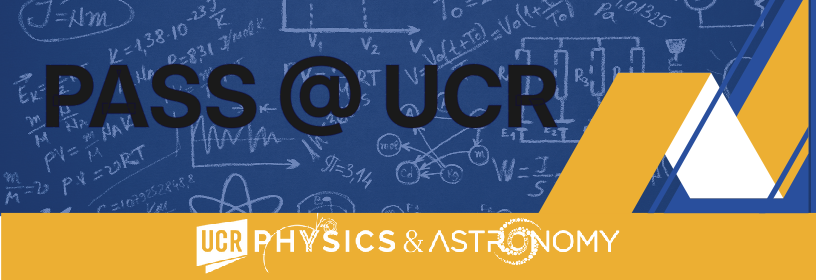Eric Zhang, PhD student
Monday, 12:00 pm, Conference Room (PHYS 3051)
Implementing Supernova Feedback in Galaxy Formation Simulations: Sensitivity to Numerical Choices
Simulations of galaxy formation are mostly unable to resolve the energy-conserving phase of individual supernova events, having to resort to subgrid models to distribute the energy and momentum resulting from stellar feedback. However, the properties of these simulated galaxies, including the morphology, stellar mass formed and the burstiness of the star formation history, are highly sensitive to numerical choices adopted in these subgrid models. Using the SMUGGLE stellar feedback model, we carry out idealized simulations of a 𝑀vir ∼ 1010 M⊙ dwarf galaxy, a regime where most simulation codes predict significant burstiness in star formation, resulting in strong gas flows that lead to the formation of dark matter cores. We find that by varying only the directional distribution of momentum imparted from supernovae to the surrounding gas, while holding the total momentum per supernova constant, bursty star formation may be amplified or completely suppressed, and the total stellar mass formed can vary by as much as a factor of ∼ 3. In particular, when momentum is primarily directed perpendicular to the gas disk, less bursty and lower overall star formation rates result, yielding less gas turbulence, more disky morphologies and a retention of cuspy dark matter density profiles. An improved understanding of the non-linear coupling of stellar feedback into inhomogeneous gaseous media is thus needed to make robust predictions for stellar morphologies and dark matter core formation in dwarfs independent of uncertain numerical choices in the baryonic treatment.
...


